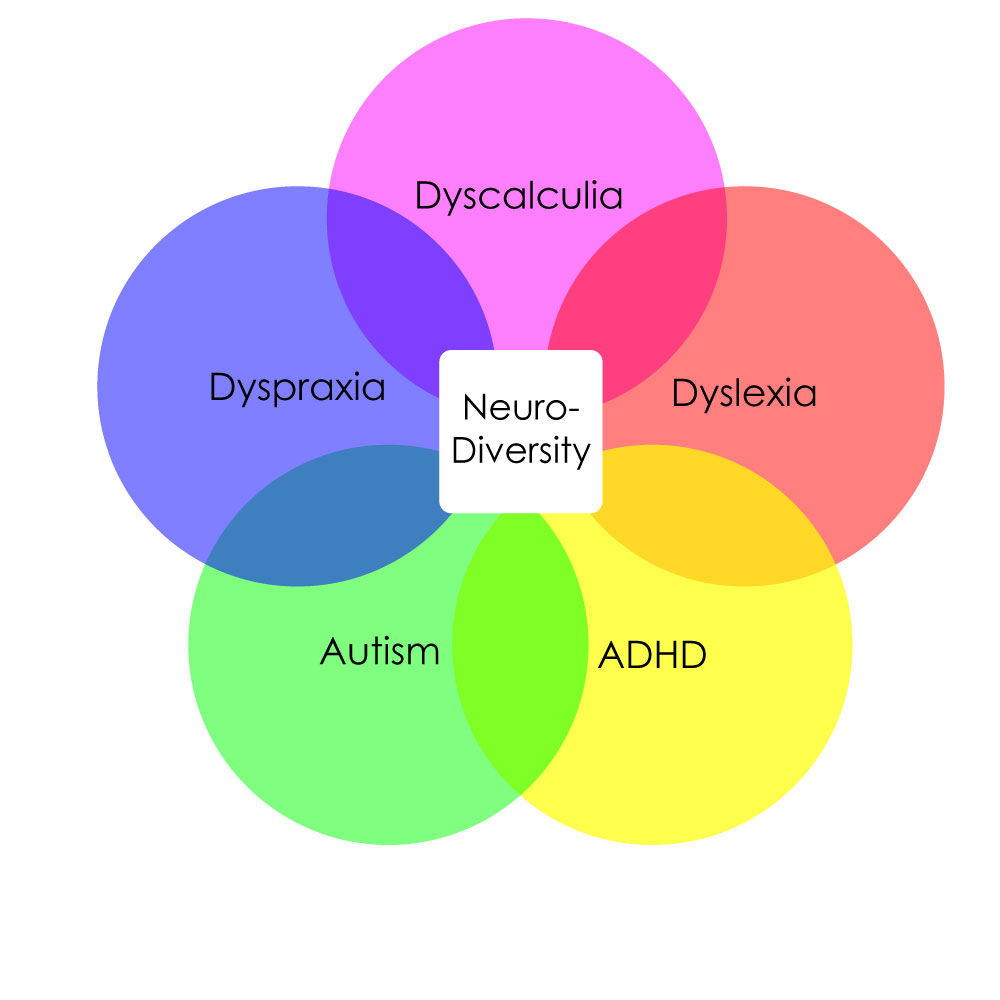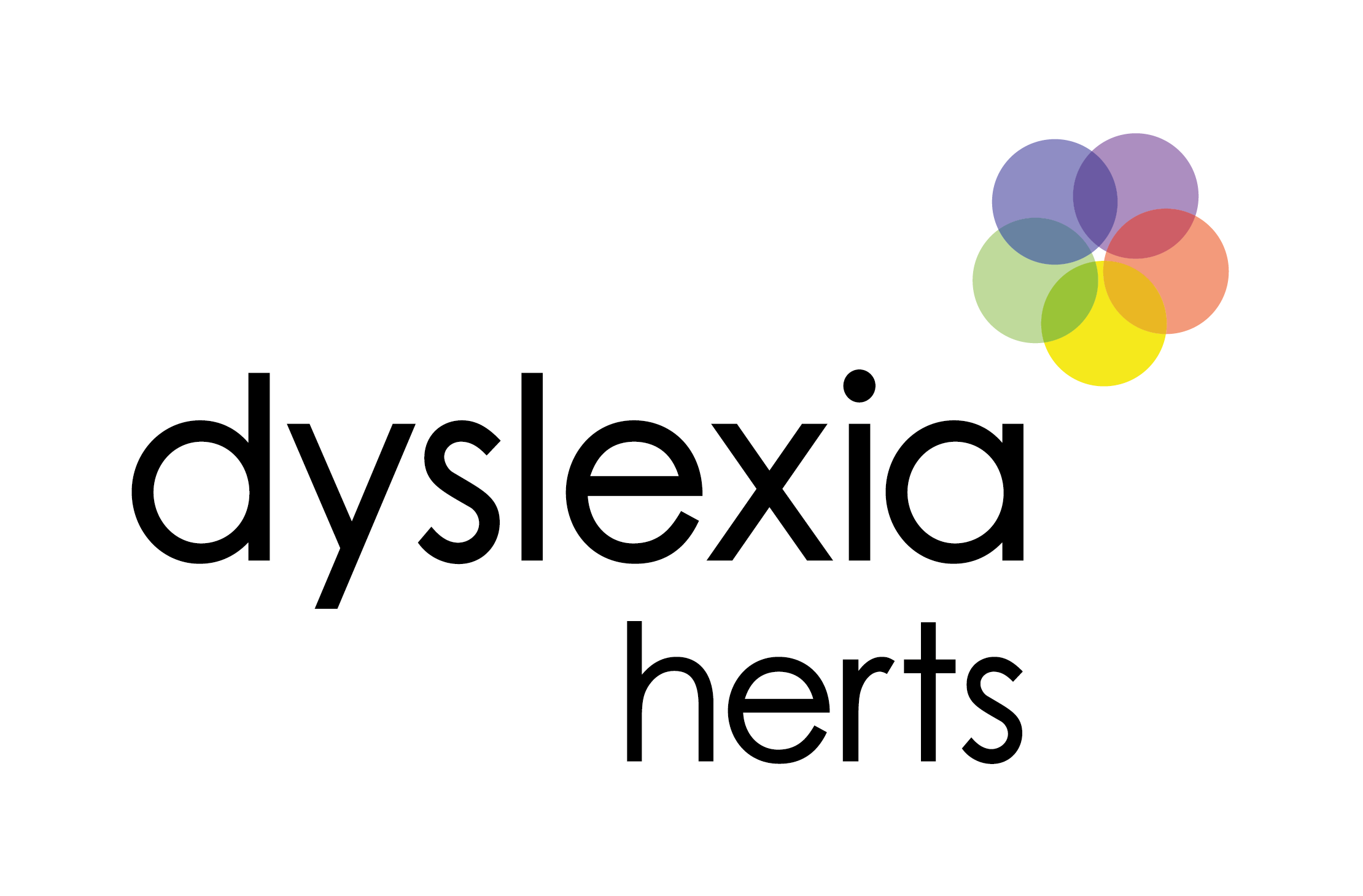About Dyslexia
The word ‘dyslexia’ comes from the Greek and means ‘difficulty with words’.
Dyslexia is common- at least 1 in 10 people have dyslexia.
It is genetic, so it runs in families.
Dyslexia occurs in people of all races, backgrounds and abilities, and varies from person to person; no two people will have the same pattern of strengths and challenges.
Dyslexia is really about information processing: dyslexic people’s brains are wired differently which means they have a different way of processing information.
These differences can lead to strengths, for example creativity, big picture thinking, communication skills, and critical thinking.
Dyslexic people often have strong visual, creative and problem-solving skills and may be entrepreneurs, inventors, architects, engineers, designers or work in the arts and entertainment world. Many famous and successful people are dyslexic and most of them will explain that their dyslexic thinking is the reason for their success.
Dyslexia can also bring challenges which can affect learning, such as reading, writing, spelling, memory or concentration.
Neurodiversity
Neurodiversity is a relatively new term that refers to the diversity of the human brain and the different ways the brain can work and interpret information.
Most people are neurotypical, meaning that the brain functions and processes information in the way society expects.
Around 1 in 7 people (more than 15% of people in the UK) are neurodivergent, meaning that the brain functions, learns and processes information differently. Neurodivergence includes Dyslexia, Dyspraxia, ADHD and Autism. These often overlap and also share some common features in terms of how people learn and process information.
Neurodiverse people have their own unique profile of strengths as well as challenges, so no two people with dyslexia or dyspraxia will be the same.


